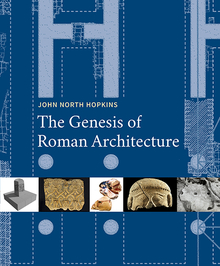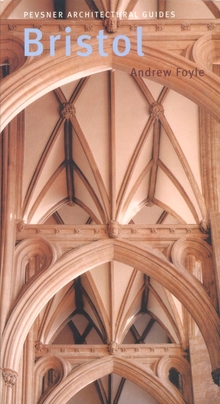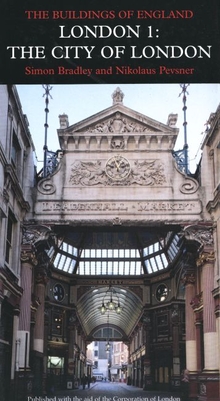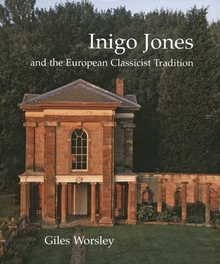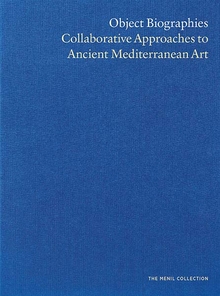The Genesis of Roman Architecture
WARNING
You are viewing an older version of the Yalebooks website. Please visit out new website with more updated information and a better user experience: https://www.yalebooks.com
John North Hopkins
An important new look at Rome's earliest buildings and their context within the broader tradition of Mediterranean culture
This groundbreaking study traces the development of Roman architecture and its sculpture from the earliest days to the middle of the 5th century BCE. Existing narratives cast the Greeks as the progenitors of classical art and architecture or rely on historical sources dating centuries after the fact to establish the Roman context. Author John North Hopkins, however, allows the material and visual record to play the primary role in telling the story of Rome’s origins, synthesizing important new evidence from recent excavations. Hopkins’s detailed account of urban growth and artistic, political, and social exchange establishes strong parallels with communities across the Mediterranean. From the late 7th century, Romans looked to increasingly distant lands for shifts in artistic production. By the end of the archaic period they were building temples that would outstrip the monumentality of even those on the Greek mainland. The book’s extensive illustrations feature new reconstructions, allowing readers a rare visual exploration of this fragmentary evidence.
This groundbreaking study traces the development of Roman architecture and its sculpture from the earliest days to the middle of the 5th century BCE. Existing narratives cast the Greeks as the progenitors of classical art and architecture or rely on historical sources dating centuries after the fact to establish the Roman context. Author John North Hopkins, however, allows the material and visual record to play the primary role in telling the story of Rome’s origins, synthesizing important new evidence from recent excavations. Hopkins’s detailed account of urban growth and artistic, political, and social exchange establishes strong parallels with communities across the Mediterranean. From the late 7th century, Romans looked to increasingly distant lands for shifts in artistic production. By the end of the archaic period they were building temples that would outstrip the monumentality of even those on the Greek mainland. The book’s extensive illustrations feature new reconstructions, allowing readers a rare visual exploration of this fragmentary evidence.
John North Hopkins is assistant professor of art history and classical studies at Rice University.
“[An] engrossing account . . . Even when texts and objects seem to point in the same direction, it takes a generous dose of ingenuity to weave together a credible story from such random clues—part of archaeology’s eternal fascination. Hopkins is a master of this exacting art.”—Ingrid D. Rowland, New York Review of Books
“A grand accomplishment, certain to encourage further excavation in Rome and to familiarize many more scholars and their students with the exhilarating potentiality of what was once an elusive period in the history of Roman art and architecture.”—Diana E. E. Kleiner, caa.reviews
"This book offers an important and original approach to archaic Roman history and makes a strong case for the precocious nature of Roman architecture and society."—Christopher Smith, University of St. Andrews
"Hopkins’s new approach to early Roman architecture offers a broad perspective on the interchange between ancient Mediterranean cultures."—Nancy A. Winter, author of Symbols of Wealth and Power
“A valuable contribution to the study of early Rome. . . . There is little published, or unpublished, that escapes [Hopkins’s] notice.”—Seth Bernard, American Journal of Archaeology
“Hopkins has written nothing less than a highly original history of early Rome, based on a balanced and up-to-date reading of the available archaeological evidence. . . . This is an important book and highly recommended to anyone interested in the art, architecture and society of early Rome.”—Dominik Maschek, Bryn Mawr Classical Review
"An essential read for anyone—scholars and students alike—interested not only in Roman archaeology, architecture, art and culture but also in gaining a new window on the ancient Mediterranean as a whole during the eighth through fifth centuries."—Alexandra A. Carpino, Etruscan Studies
Winner of the 2017 Gustave O. Arlt Award in the Humanities from the Council of Graduate Schools
John North Hopkins won the 2018 Spiro Kostof Book Award by the Society of Architectural Historians for his work, The Genesis of Roman Architecture.
Winner of the 2018 Publication Awards, sponsored by the Southeast Chapter of the Society of Architectural Historians (SESAH)
ISBN: 9780300211818
Publication Date: February 9, 2016
Publication Date: February 9, 2016
268 pages, 8 x 10
62 color + 58 b/w illus.
62 color + 58 b/w illus.

